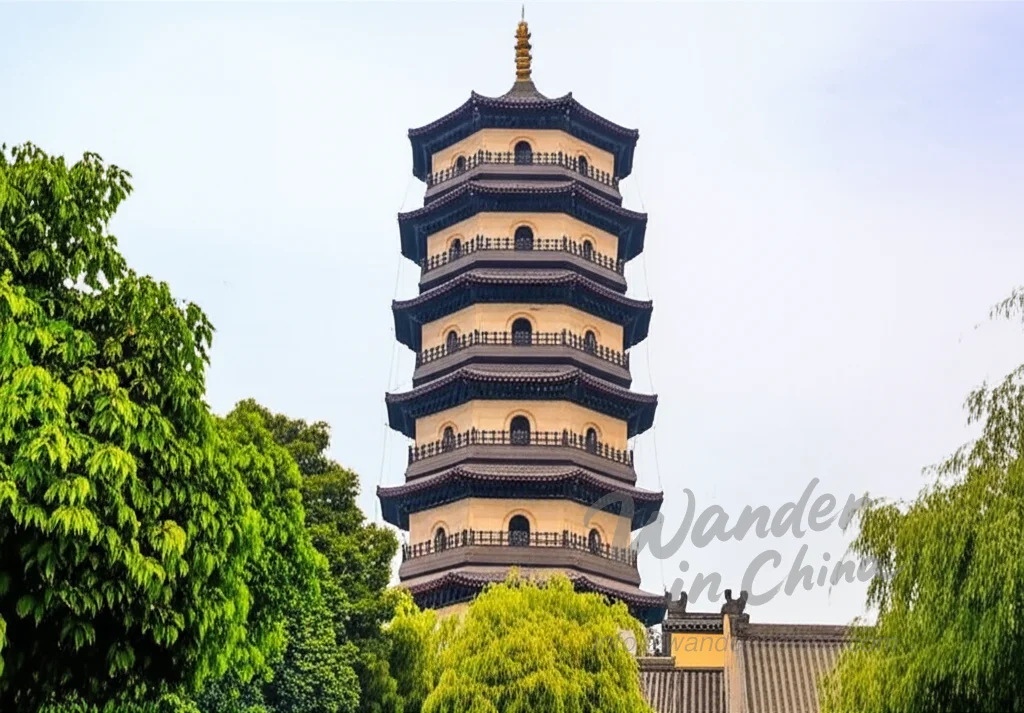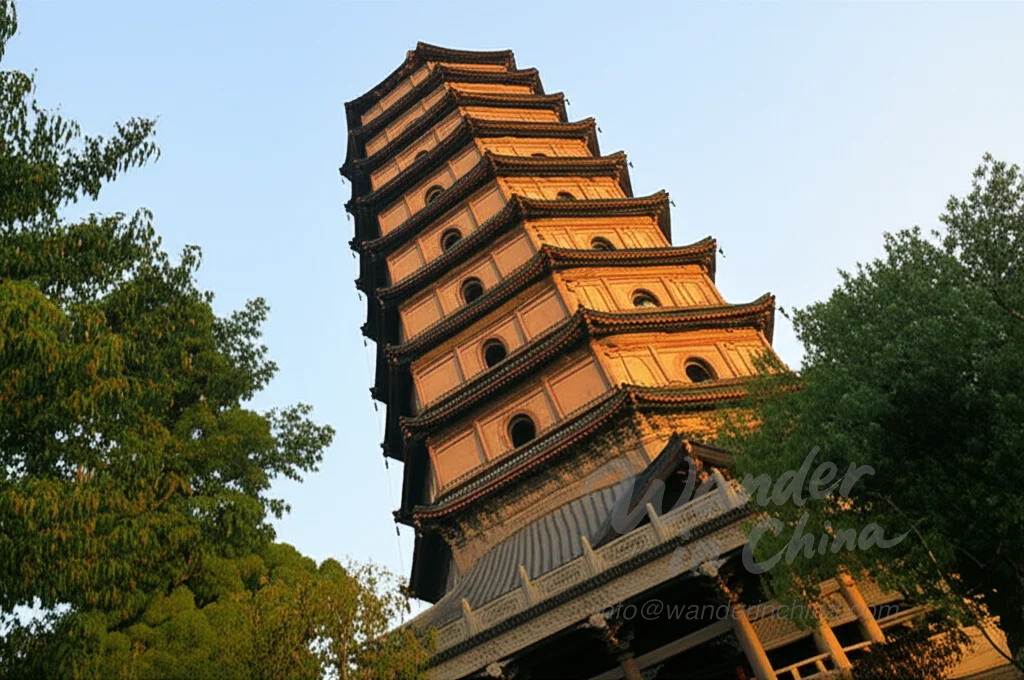Tiger Hill (Huqiu): Discover Suzhou's Iconic Leaning Pagoda

Tiger Hill (Huqiu): Exploring Suzhou’s Leaning Pagoda
Tiger Hill, or Huqiu, is one of Suzhou’s most iconic landmarks. Famous for its leaning pagoda and rich history, a visit to Tiger Hill offers a fascinating glimpse into Chinese culture and architecture. This guide will help you explore the best of Tiger Hill, ensuring a memorable experience.
History and Significance
Tiger Hill boasts a history stretching back over 2,500 years. It was a significant strategic point and a place of cultural importance throughout various dynasties. The hill’s name, Huqiu, literally translates to “Tiger Hill,” and its origin is steeped in legend.

Why It’s Called Tiger Hill
Legend has it that a white tiger guarded the tomb of King He Lu of Wu, who was buried on the hill in 496 BC. According to the tale, the tiger appeared three days after the king’s burial, hence the name Tiger Hill. Another version claims that the hill resembles a crouching tiger. Regardless of the true origin, the name has stuck and contributes to the mystique of this historical site.
What to See and Do
Tiger Hill offers a variety of attractions, from its famous leaning pagoda to ancient relics and scenic gardens.
Explore the Leaning Pagoda
The Yunyan Temple Pagoda, often referred to as the Leaning Pagoda of Suzhou, is the undisputed star of Tiger Hill. Built during the Northern Song Dynasty (961 AD), this seven-story octagonal pagoda has been leaning for centuries due to the shifting of the soil beneath it. The pagoda is a remarkable feat of ancient engineering and a testament to the resilience of Chinese architecture. It is said to be leaning even more than the Leaning Tower of Pisa!

See the Sword Testing Stone
Another intriguing site is the Sword Testing Stone (Shijian Shi). Legend says that the stone was split in two by a powerful sword wielded by an ancient warrior. While the true origin of the split remains a mystery, the stone’s dramatic appearance and the stories surrounding it make it a popular attraction.
Visit the Tomb of King He Lu
Although the exact location of King He Lu’s tomb is unknown, many believe it lies beneath the Sword Testing Stone. The possibility of uncovering the tomb adds an element of mystery and intrigue to Tiger Hill. While access to the supposed tomb is restricted, the historical significance and the legends surrounding it continue to captivate visitors.
For a complete overview, see our main guide to Suzhou: The Venice of the East – Ultimate Travel Guide.
Tips for Visiting
Planning your trip to Tiger Hill is essential to make the most of your visit.
Best Time to Visit
The best time to visit Suzhou and Tiger Hill is during the spring (March-May) or autumn (September-November) months. The weather is mild and pleasant, making it ideal for exploring the outdoor attractions. Avoid visiting during major Chinese holidays, such as Golden Week (early October), as the site can get extremely crowded.
What to Wear
Wear comfortable shoes as you’ll be doing a lot of walking. Dress according to the weather. In the summer, lightweight and breathable clothing is recommended, while in the winter, dress warmly in layers. Consider bringing an umbrella or raincoat if visiting during the rainy season.
Don’t forget to check out other attractions in Suzhou, such as the beautiful Classical Gardens of Suzhou!





